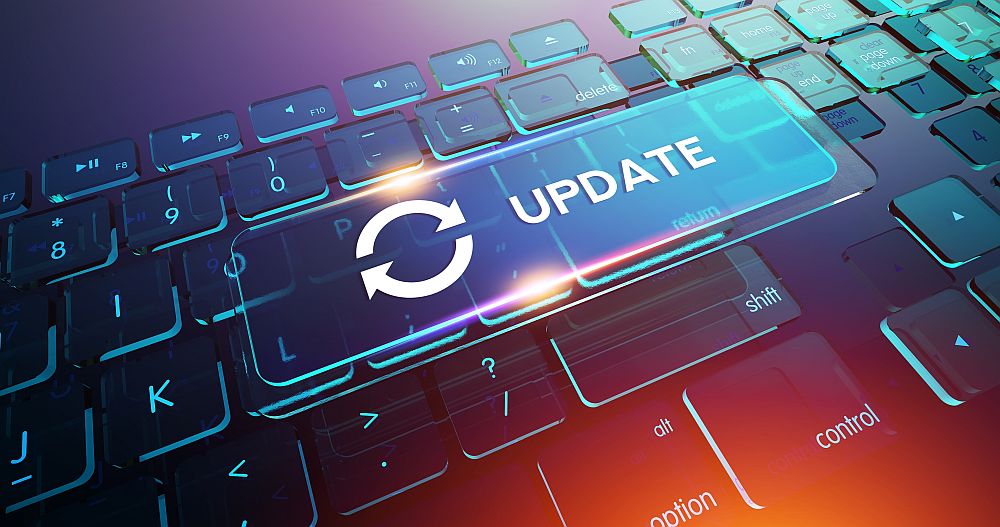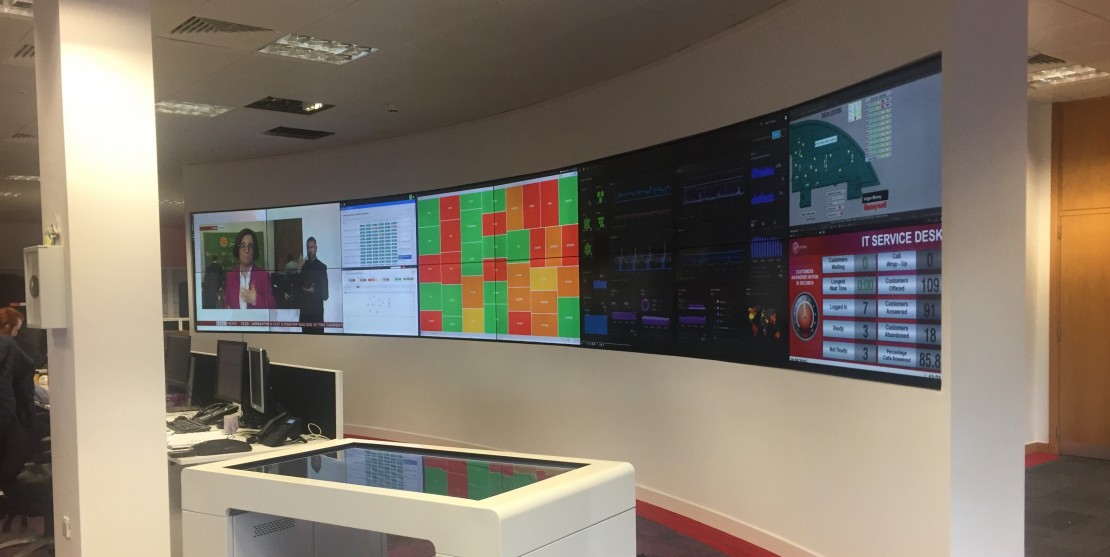
Having raw data means that it can be easily analyzed for business purposes. This process of analyzing the data is called data preparation. During this process, raw data is transformed into forms that are easier to work with and more accurate for business use.
Cleansing
Having clean data is essential to creating accurate insights. This information can drive your business strategy and drive decision-making. To do this, you need to have a good data cleaning process.
Cleansing data can be done manually or programmatically. Using a tool to clean your data will make it easier to find and remove errors. It can also save you time.
There are many reasons that data can become messy. Whether it’s due to non-standard formats or incomplete data capture, your data can become confusing. These issues can create problems for your business.
The first step in cleaning data is to establish quality criteria. These standards can include the amount of accuracy and consistency.
Structuring
Often a time-consuming endeavor, data preparation is the first step in making your data ready for analytics. The benefits of a well-executed data preparation process include a higher return on investment (ROI) from BI initiatives and more effective use of valuable data assets.
Fortunately, there are many tools to help you structure your data. These include graphical user interfaces to help you navigate the complexities of your data. Some of these are simple enough for non-IT people, while others are only suitable for the most skilled data engineers.
The best data preparation tools provide a unified user experience that promotes collaboration between IT and business users. They also help make your enterprise more efficient.
Enriching
Performing data preparation is a critical part of an organization’s data management strategy. It enables companies to consolidate their data sources and enhance the information they provide to customers. It also promotes collaboration between business users and IT professionals.
Data preparation includes cleaning, deduplication, and quality checks. It can be conducted manually or through the use of third party tools. It is a crucial step to ensuring the data is accurate and clean.
Data preparation can be performed by integrating disparate data sources from within an organization or from external sources. It can be used to enhance the user experience and improve sales. It also helps organizations gain deeper insights into their customers.
Reusing
Using data from others can save you hundreds of hours of work and help you focus on the project at hand. It can also shorten the research cycle and increase scientific productivity. However, data reuse is not ubiquitous. It is important to identify the benefits of sharing and determine whether it will be beneficial to your research endeavors.
Aside from reducing costs, data reuse may be an opportunity to gain more insights into your data. For example, you can use single gene expression studies to obtain additional insights. You can perform a meta-analysis and obtain novel hypotheses.
In general, reusing data can be a good idea if you have a broader scope and have a clear understanding of how and where to source it. Reuse can improve equality and enhance productivity, enabling groups with limited budgets to take advantage of large data sets.
Costs
Whether it is for business intelligence or marketing, preparing and analyzing data is a daunting task. The good news is that there are tools to help you streamline this process. The key is to identify the best ones for your organization and implement them. Keeping a close eye on this part of your business can save you money in the long run.
The most effective way to do this is by following a standards-based data preparation and analysis strategy. This can stimulate the development of qualified staff, and ensure that all your data is properly structured. Having a well-defined data structure makes everyone’s lives easier.
Time-to-market
Various data-driven organizations are investing in data preparation strategies to meet growing demand for analytics. These solutions help in data aggregation, cleansing, integration, and enrichment. These services allow businesses to avoid delays in their processes. These tools also improve data pipelines.
Several companies are also focusing on self-service data preparation platforms. This trend is expected to strengthen the overall market growth. This approach also enables the business to have more control over the processes within the organization. It reduces the costs associated with scaling up infrastructure and long-term evolution requirements.
Besides, data preparation is also a process that helps in driving asset management, supply chain optimization, underwriting, and operational intelligence. It ensures the integrity of the data and provides accurate insights. Moreover, it helps in speeding up research and development.











